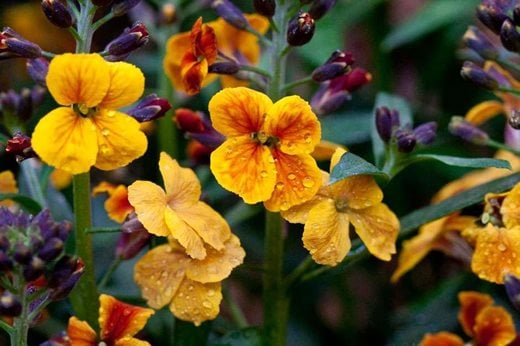
Sowing and planting
Plant wallflowers, forget-me-not, Bellis, Primula, Viola (including winter pansies) and other spring bedding plants in prepared ground or pots.
In mild areas, it is still possible to sow hardy annuals outside, to overwinter for a display next year.
Continue to plant spring-flowering bulbs.
Now is also a good time to plant new herbaceous perennials, as the soil is still warm, but has more moisture than in the summer.
Lily bulbs can be planted up in pots this month.
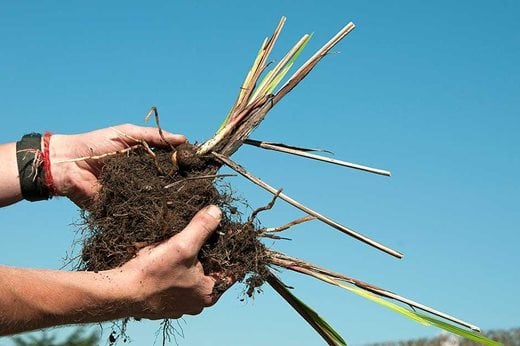 Cutting back, pruning and dividing
Cutting back, pruning and dividing
Resist the temptation to cut back herbaceous perennials until March, as they will provide habitat for wildlife over winter. Any mushy or collapsed material can be cut back and added to the compost heap.
Lift and divide poor-flowering or overcrowded herbaceous plants.
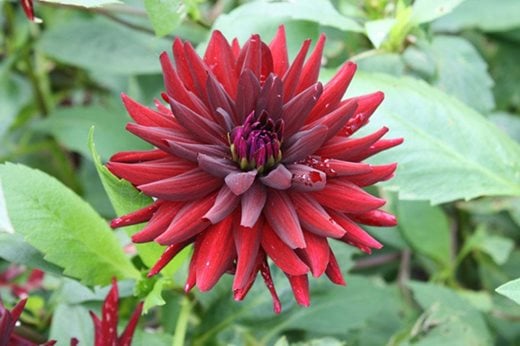 General maintenance
General maintenance
Wait for the first frosts to blacken the foliage of dahlias and cannas before lifting the tubers or rhizomes. They may overwinter in the ground in warmer areas with well-drained soils if covered with a thick protective layer of straw or bracken.
Lift tender bulbs if you live in a cold area; Galtonia and Tigridia bulbs, for example, need lifting and storing over the winter.
Any remaining summer bedding plants struggling on in milder areas are best composted and replaced, for a fresher display.
Don’t neglect hanging basket maintenance – a little deadheading, watering and feeding can keep them going until mid-autumn. Once they are past their best, re-plant with spring-flowering bulbs and bedding plants, winter heathers and trailing ivies.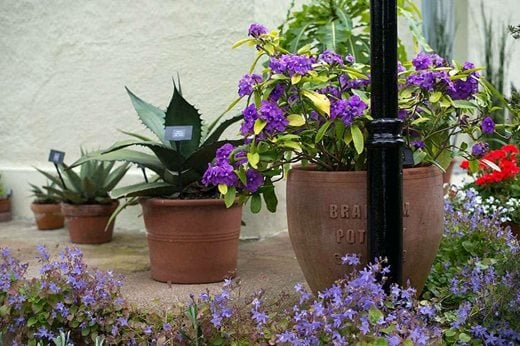
Raise patio containers onto bricks or purpose-made pot feet to avoid them sitting in water during the winter.
Move alpine troughs to a covered porch or lean-to to protect them from the rain – ask for help with lifting to avoid back injuries! Pick over alpines regularly, removing any autumn debris and covering died-back patches with extra grit to encourage their re-growth.
Make sure you have finished bringing all tender plants into a frost-free greenhouse or conservatory for the winter.
Remove stakes and other supports as herbaceous plants die down for the winter.
Planning ahead
Continue collecting and storing seed from perennials, trees and shrubs that still have ripening seedheads.
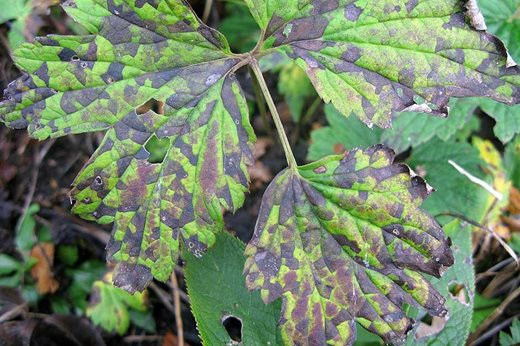 Problems
Problems
Check chrysanthemums regularly for signs of white rust – remove affected leaves and add badly affected plants to your council green waste collection.
Grey mould (Botrytis) can be problematic in wet weather. Remove affected leaves and other parts as soon as the symptoms are seen. These can be composted.
Powdery mildew may still be a problem in dryer, warmer regions. Pick off the worst affected leaves, cut back faded growth and add to the compost heap.
Avoid feeding plants late in the season, as this will encourage soft, sappy growth that is more vulnerable to damage by frost and by wet, and can encourage fungal diseases to develop.

